Introduction
This article is mainly just a list of links which I've found useful in the past which has been organized into topics for ease of access whenever. Feel free to take a look around and see if there's anything useful!
Databases
Linguistic Databases which I check every now and then. Useful for tasks which require the use of a ton of data, be it for NLP related stuff or for personal reading.
| Glottolog
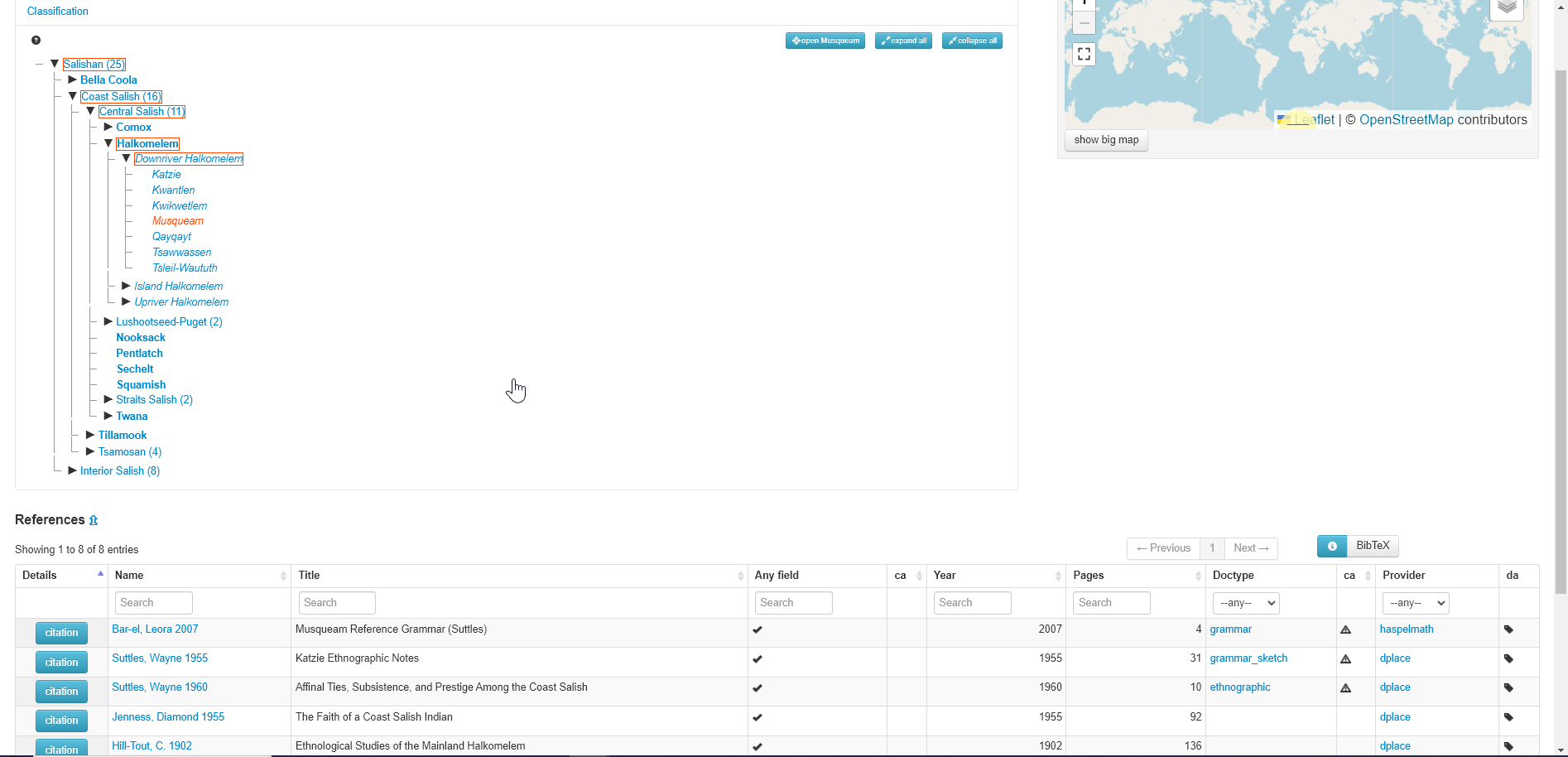
Glottolog is a large data base holding information about the world's languages, such as the genetic relationships between them as well as references pertaining to them. It's a super useful tool when persuing comparitive linguistics and or finding resources such as reference grammars.
Linguistics
The main star of the show (or this article specifically), linguistics denotes the study of language scientifically. Links listed under here usually fall into this category, having been useful to me while working away at my personal projects.
Phonology
Being a subfield within the overarching field of linguistics, phonology denotes the study of sound, though unlike phonetics, focuses on the meaningful usage of sounds within a language in creating words, rather the more concrete articulation and physical properties of sound. These meaningful sounds are called phonemes.
| Weston Ruter - IPA Keyboard
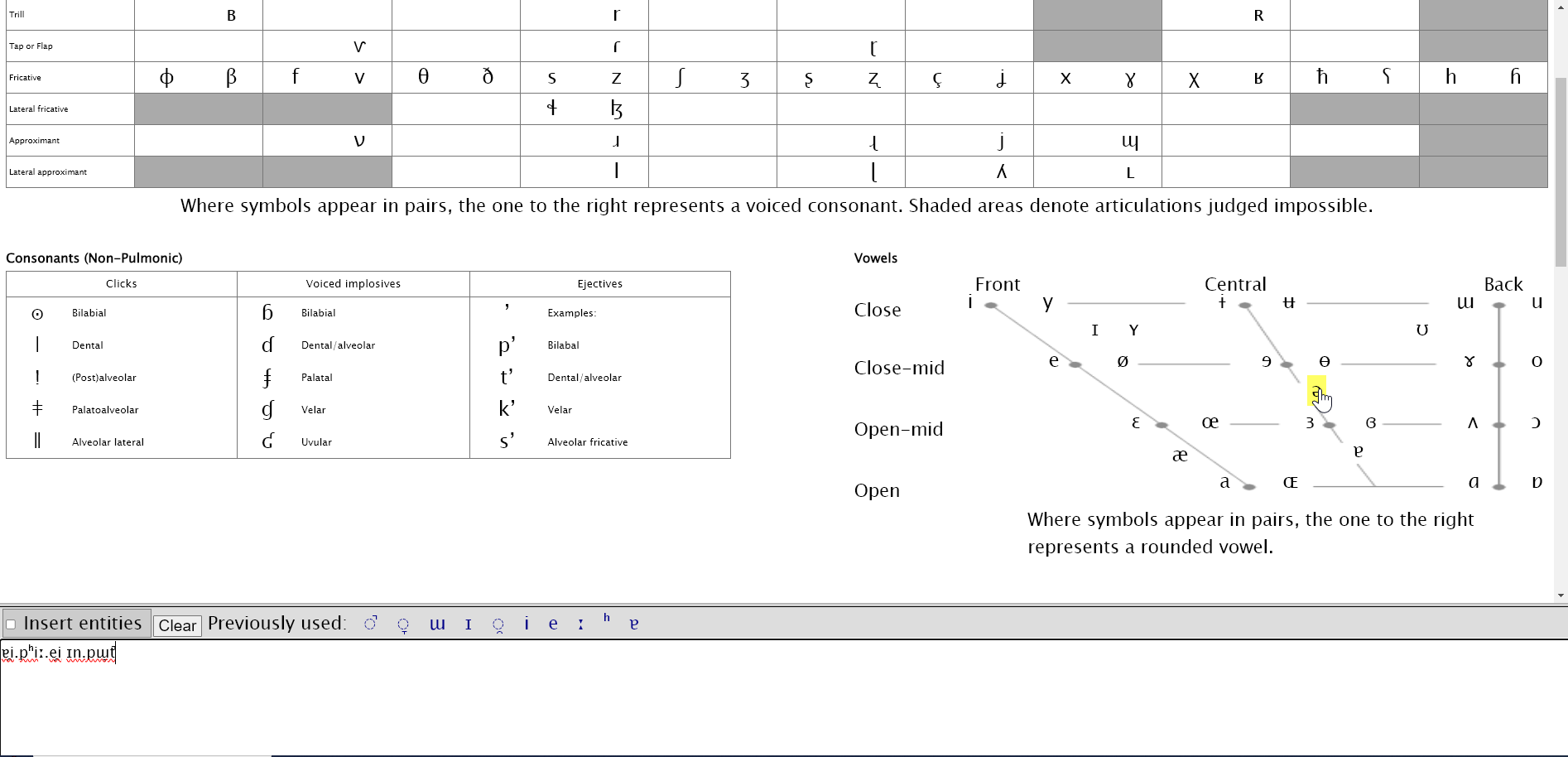
An exellent tool for transcribing the spoken word into IPA. The site is essentially a clickable version of the traditional IPA chart, and allows users to input all the base IPA characters along with the most useful diacritics. This makes it a good tool for broad and narrow transcriptions of a variety of languages!
| JbDowse - IPA Audio
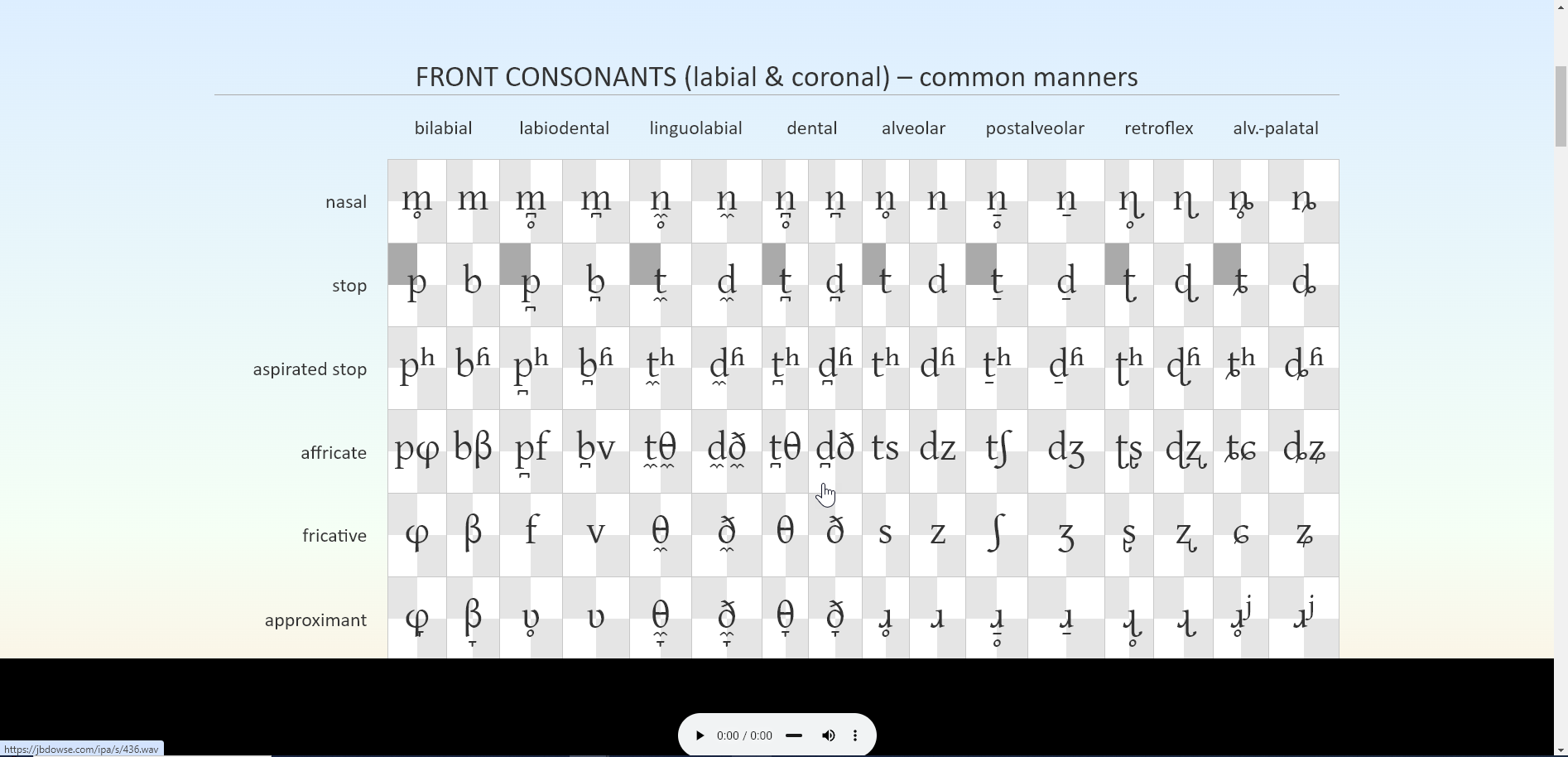
An extremely useful tool for transcription by Jonathan Dowse, which has audio of every IPA symbol along with their variants with diacritics. Very useful in narrow transcription as a reference to work off of, as well as in ear training.
Historical Linguistics
A subfield of linguistics which is methodologically similar to that of comparitive linguistics, however the main difference is that historical linguistics focuses on diachronics, as in how languages and linguistic features change over time and how remanents of such can aid in the reconstruction of ancestor languages.
| Diachronica
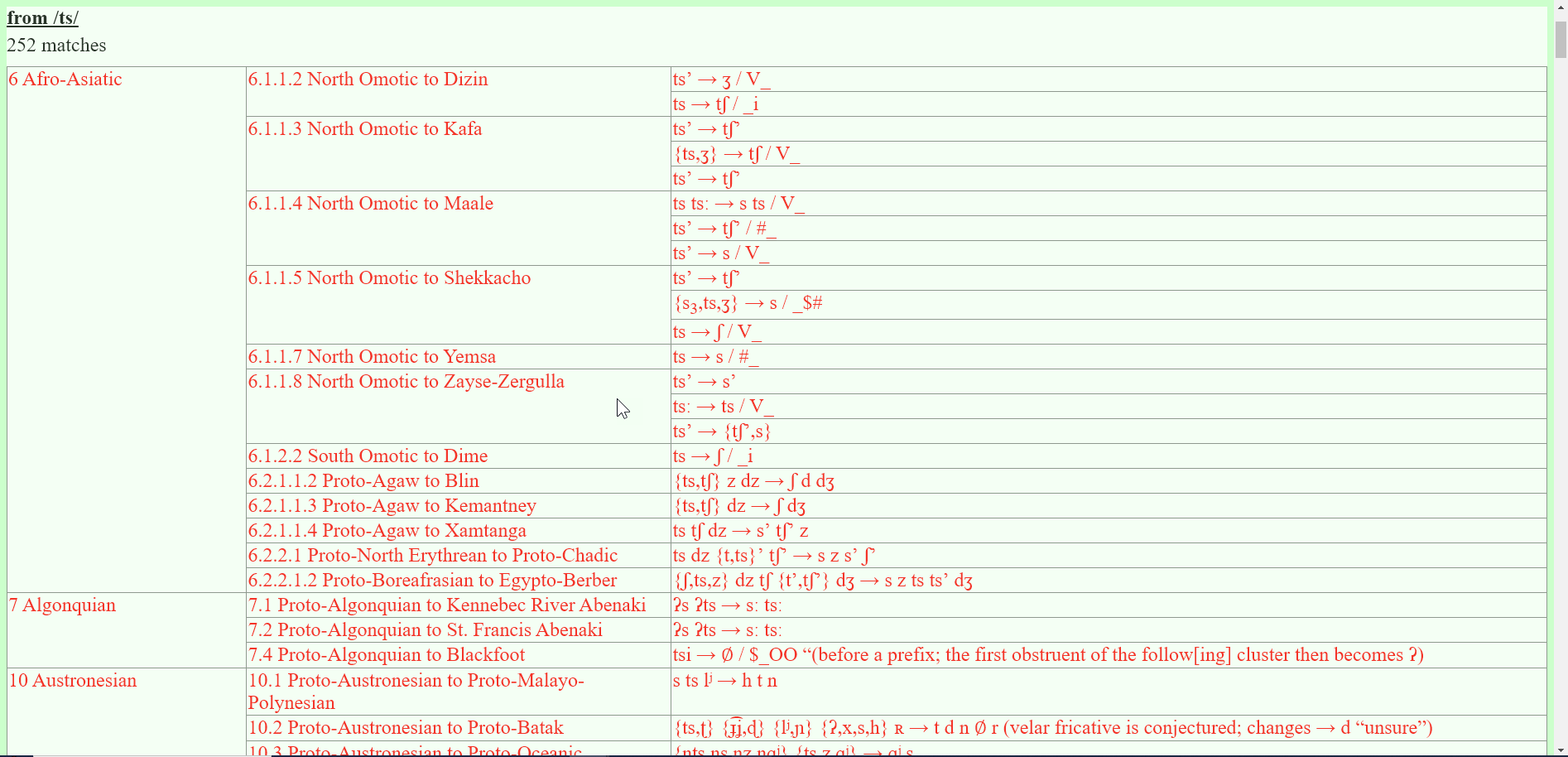
Diachronica is a website which lists an incredably large amount of data relating to sound changes. Specifically how certain phonemes change and evolve over time due to sound changes in certain languages. The website also lists what certain sounds will often evolve into, and what sounds are likely to be the ancestral form of others.
Computational Linguistics
Computational linguistics denotes the study of solving linguistic problems with the aid of computational processes. The links below provide tools which are highly relavent to the analysis of linguistic data.
| AntConc
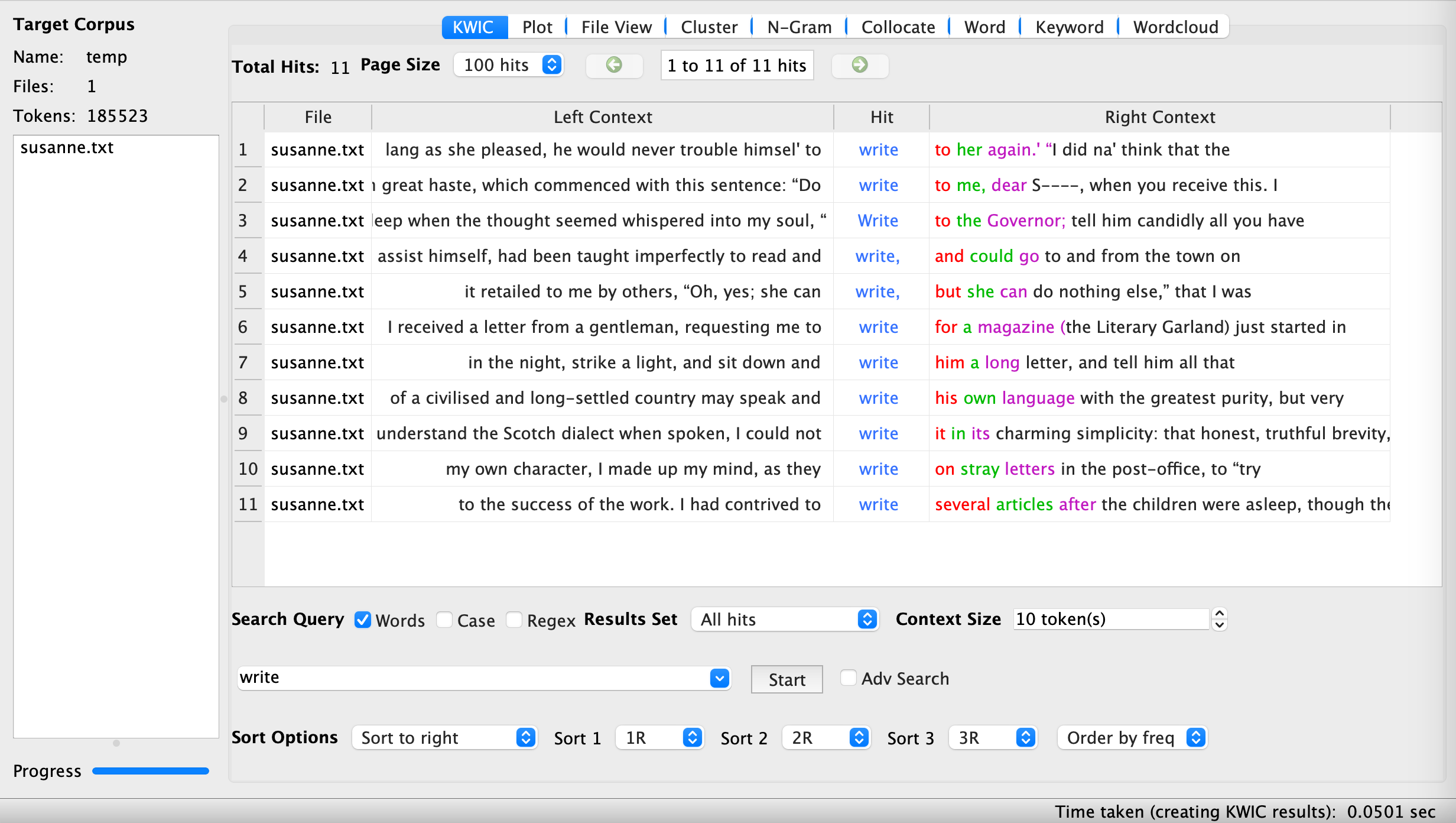
A program used to analyse large amounts of linguistic data, and create n-grams, collocations, and clusterings of the input.
| TagAnt
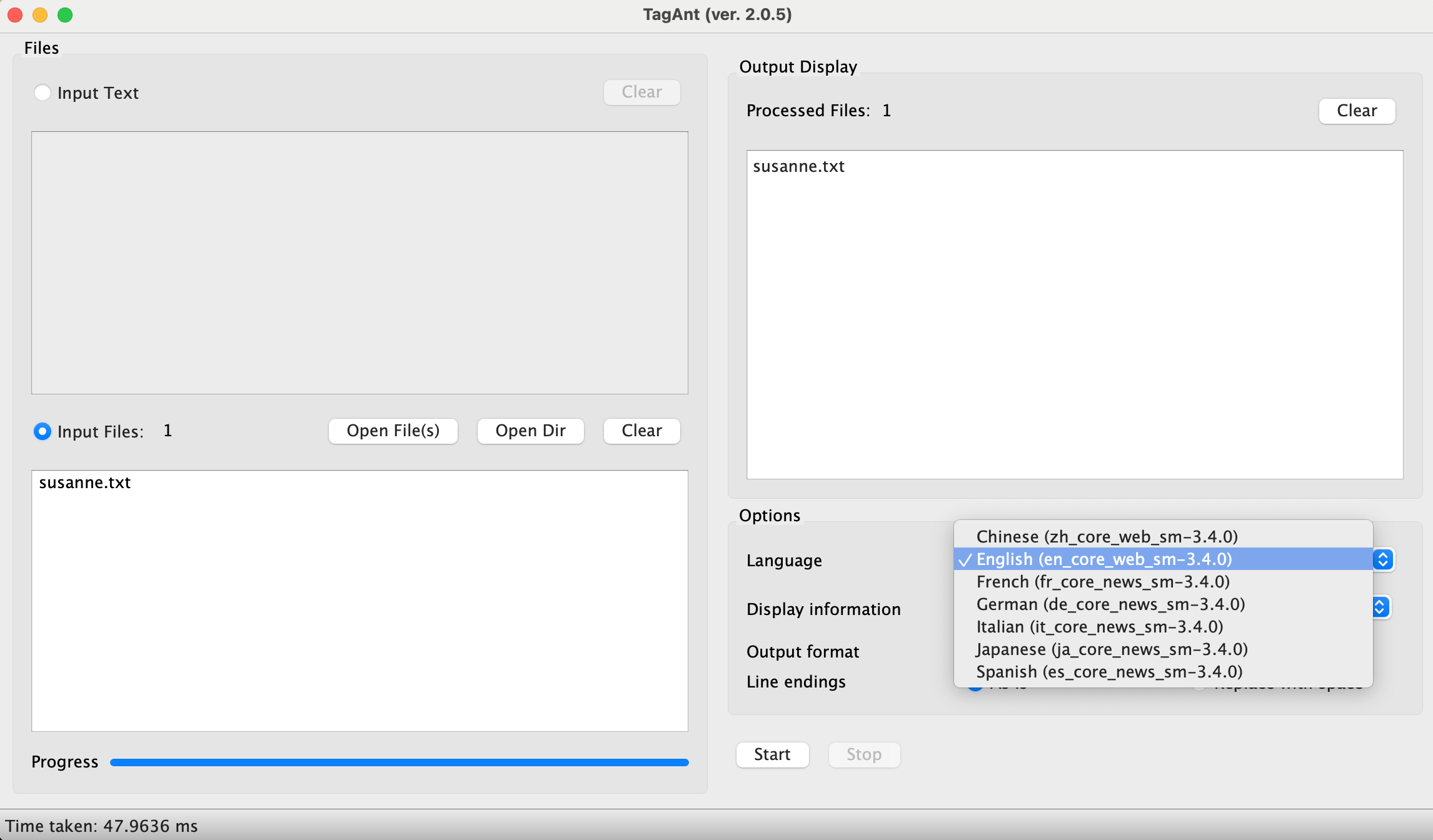
A program used for the POS tagging of text in a few languages. Useful for building syntactic trees and understanding the structure of sentences.
| UTU - Word Embedding
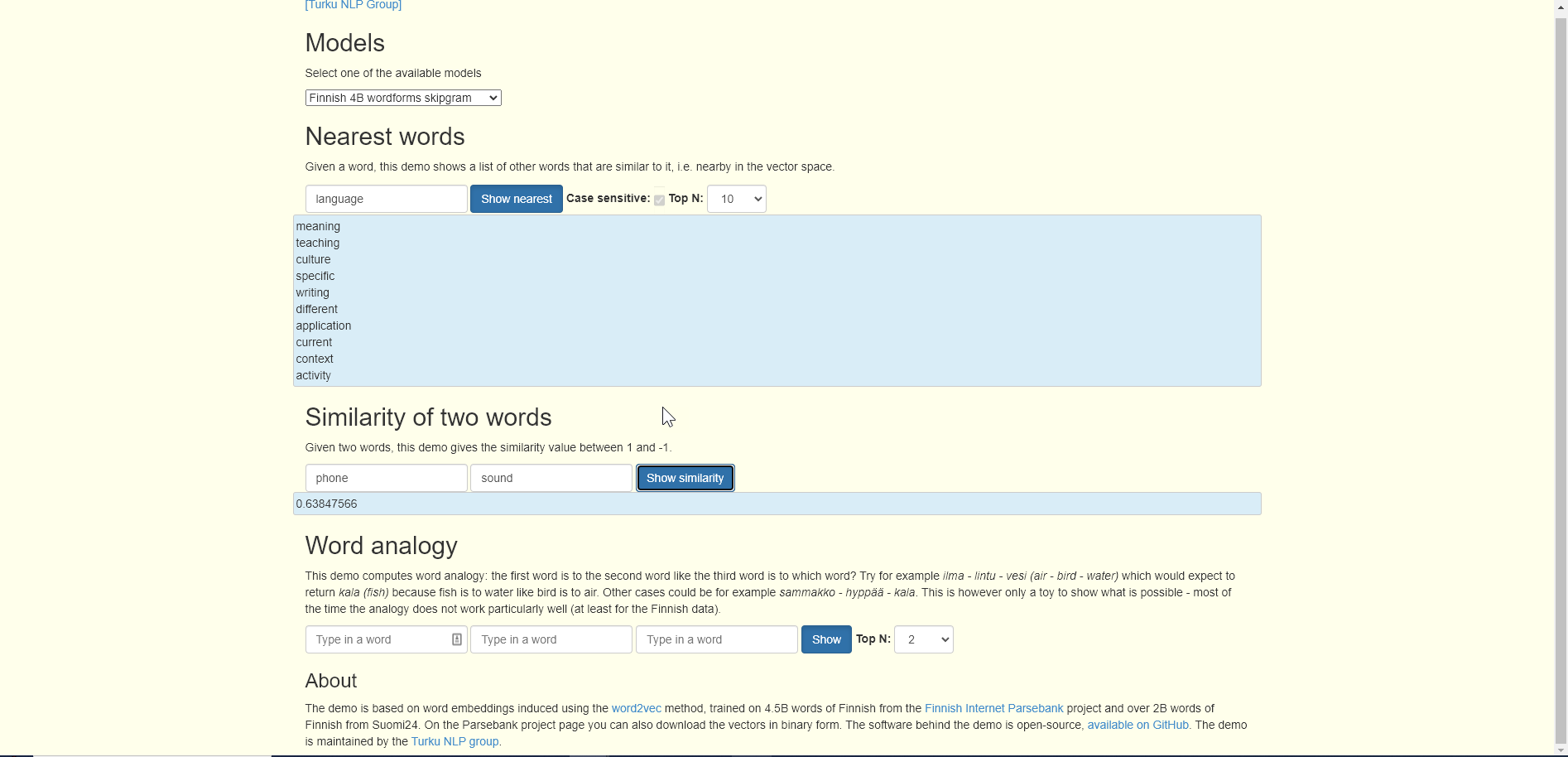
University of Turku - WordEmbedding
A tool for word embeding for Finnish and English. Finds words which typically occur near a target word, as well as the similarity between two words depending on how often they're used with one another.
| Speech Zone
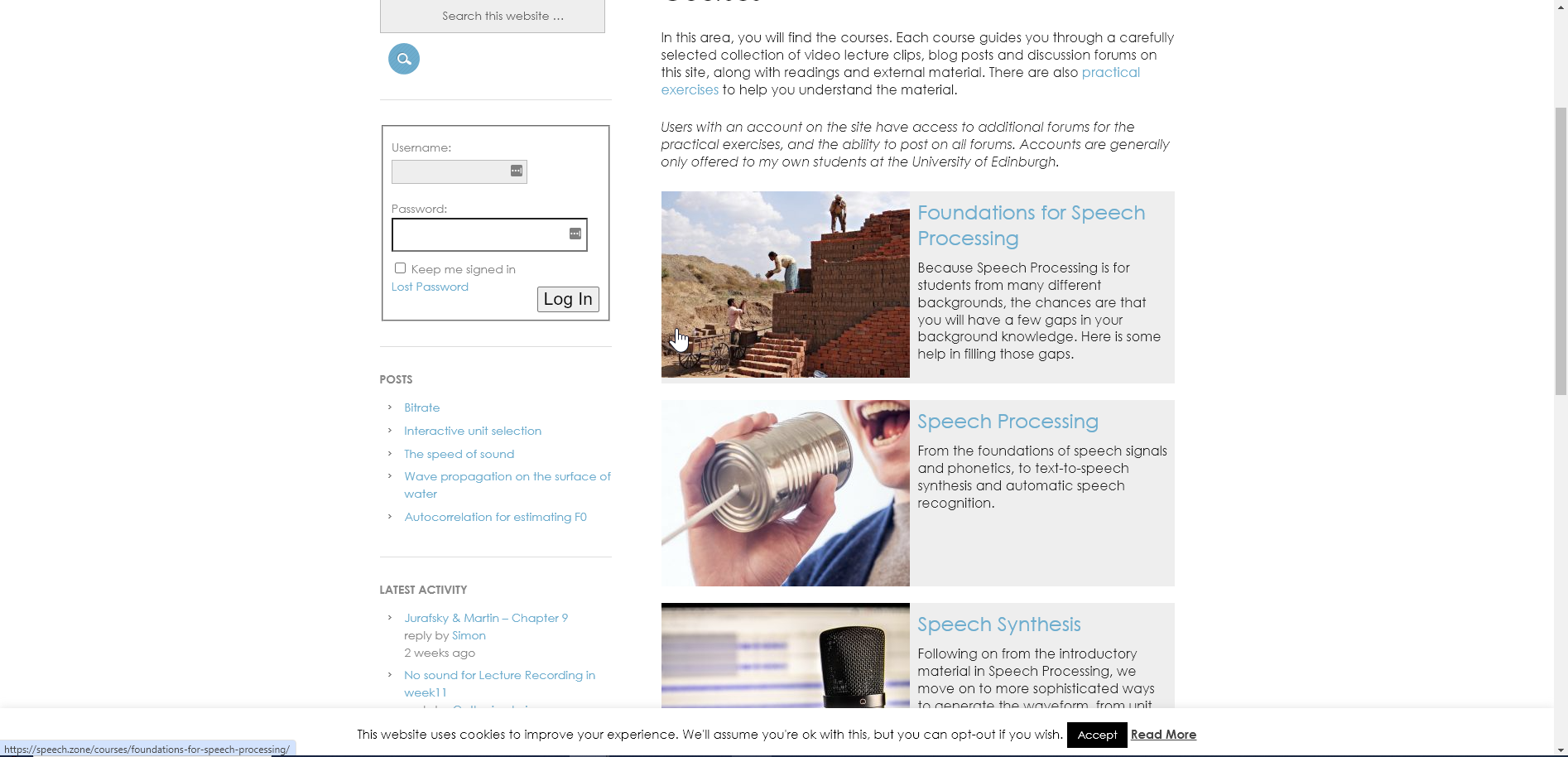
An excellent site pertaining to phonetics and speech synthesis. Great material for those wanting to gain some understanding of the foundational concepts of speech synthesis.
General Language Learning
The links below aren't related to the scientific study about languages, but lean more towards tools I've used personally while studying languages. They may be interesting if you have an interest in Japanese or Ancient Greek.
Readers
Readers essentially allow for the reading of texts, but often with extra features. Usually relevent to the study of languages, mainly in order to learn new vocabulary in context and to gain a feel for the language's grammar once one has passed the beginner stages of their language learning journey. Overall, one of the most enjoyable methods of learning I would say.
| TtuReader
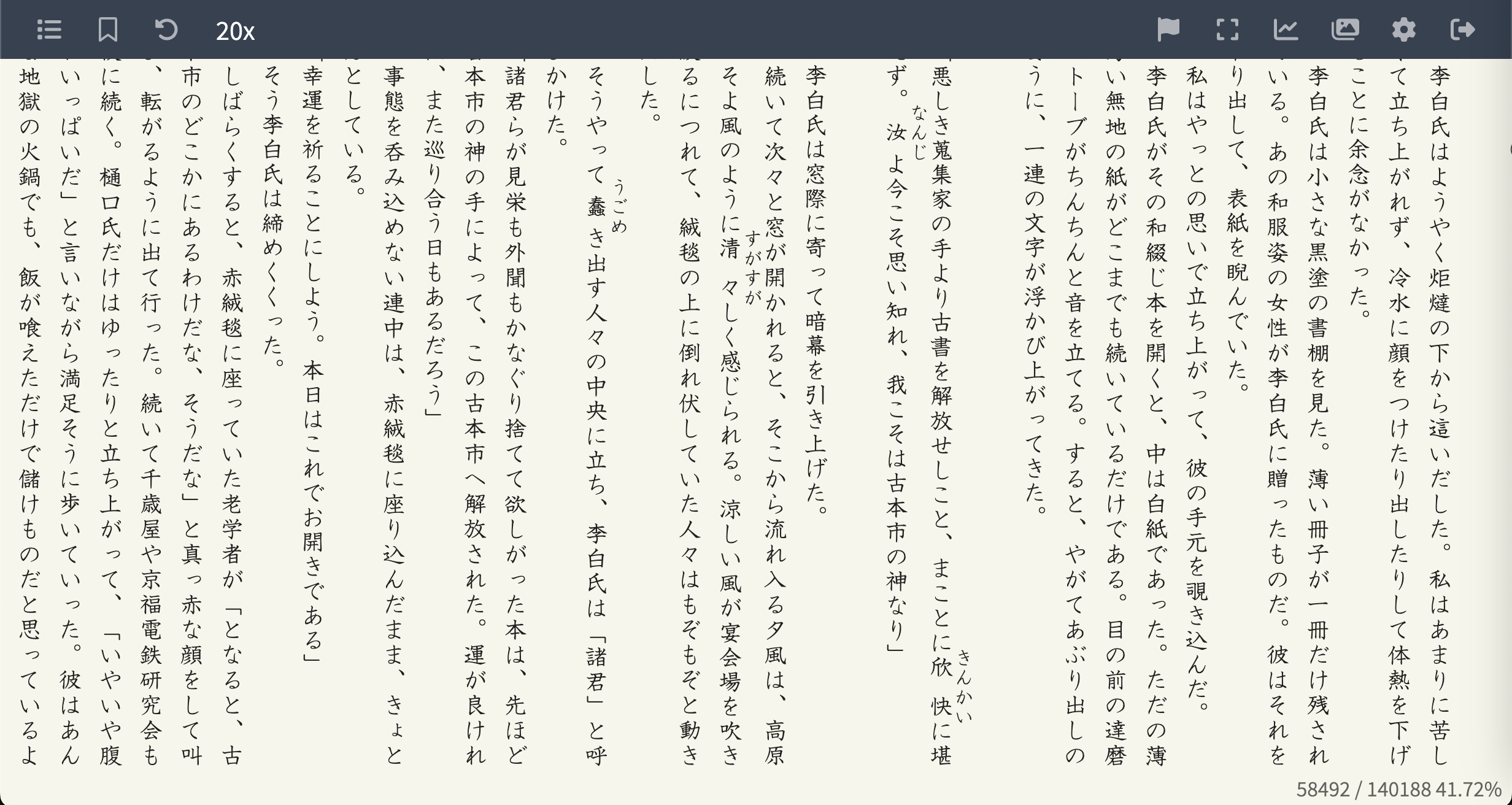
The Ttu Reader allows for ease of reading EPUBs and a variety of other text file types on the browser. Specifically designed for Japanese, it allows for vertical and horizontal text orientation while still being compatible with pop-up dictionaries like Yomichan.
| Greek New Testament Reader
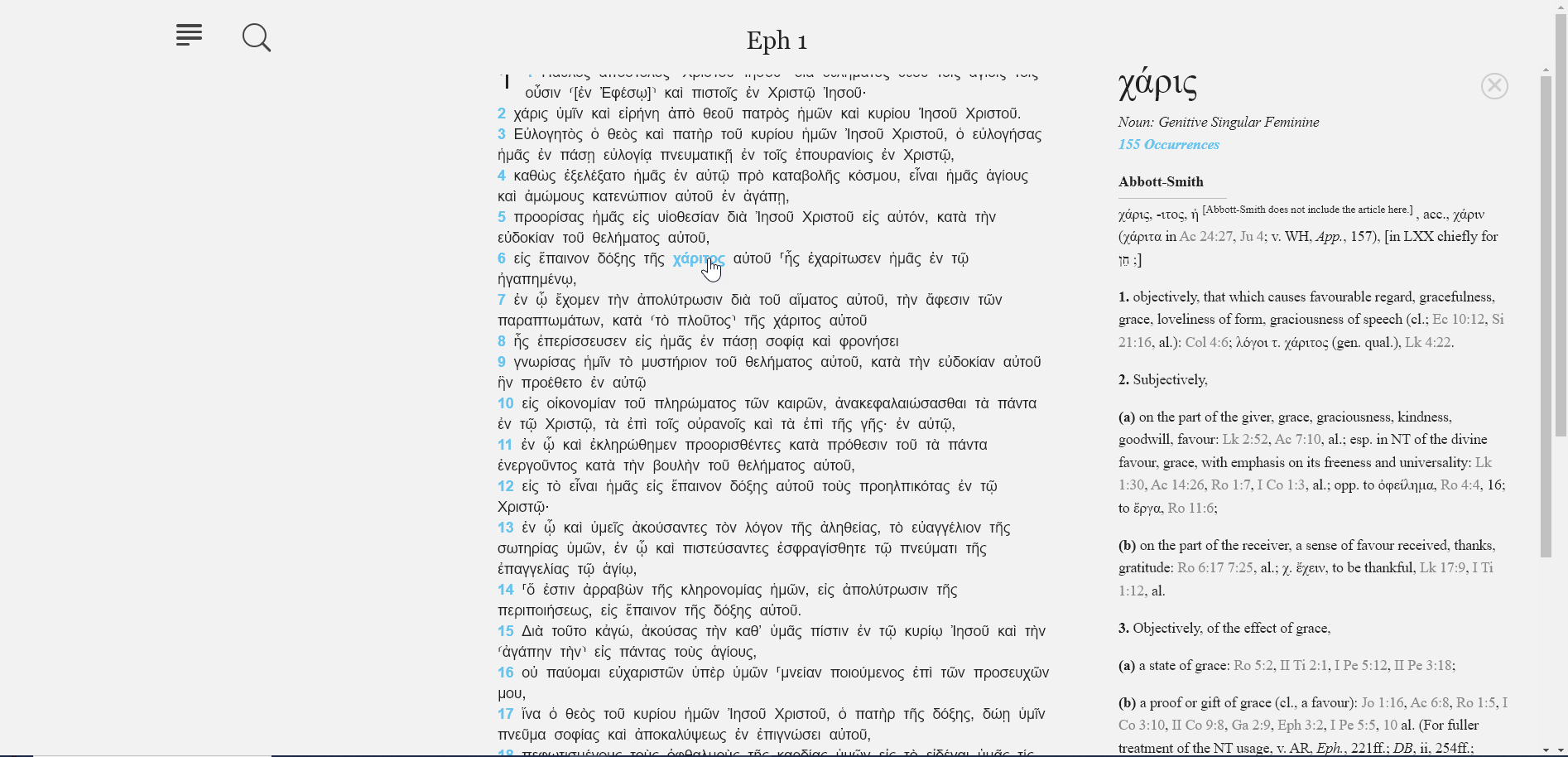
An excellent reader for those looking to work on their reading skills in Ancient Greek. Has a built in pop-up dictionary which is incredibly useful for looking up unknown words on the fly.
| 変体仮名・崩し字 Hentaigana/Kuzushiji Reader
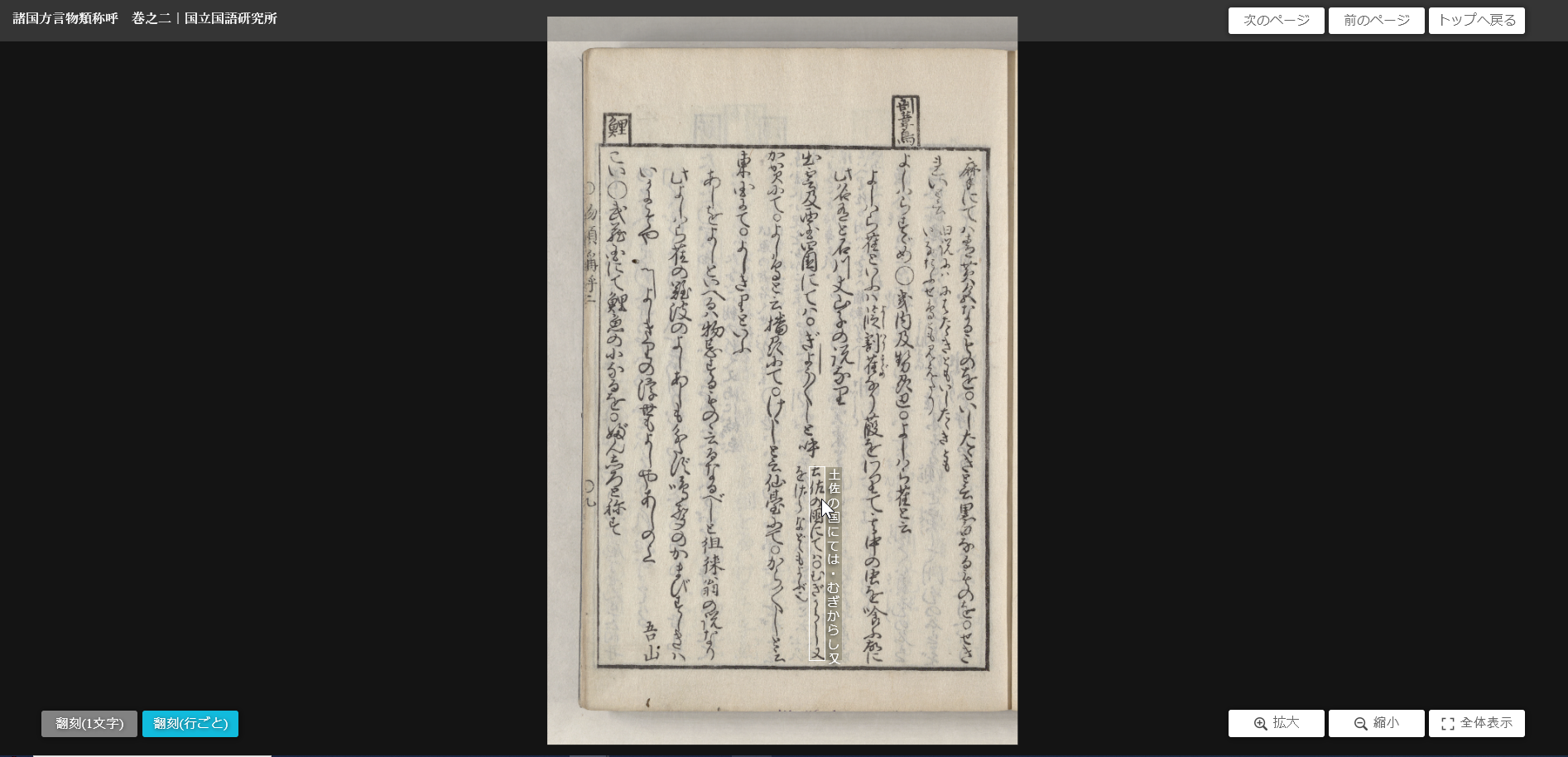
変体仮名・崩し字 Hentaigana/Kuzushiji Reader
A site designed for aiding in learning how to read ancient writings in 変体仮名・崩し字(Hentaigana/Kuzushiji). Shows the modern script rendition of lines or characters upon hovering which makes it great for practising one's reading.
Dictionaries
One of the most essential tools in figuring out the meaning of unknown words which come up, dictionaries allow for a fast way to understand the semantic meaning of a word, be it via a translation to one's mother language, or an explaination in one's target language. Some of them also come with nifty features such as conjugations, or counters which are specific to the current word of interest.
| Japanese Technical Vocabulary Dictionary
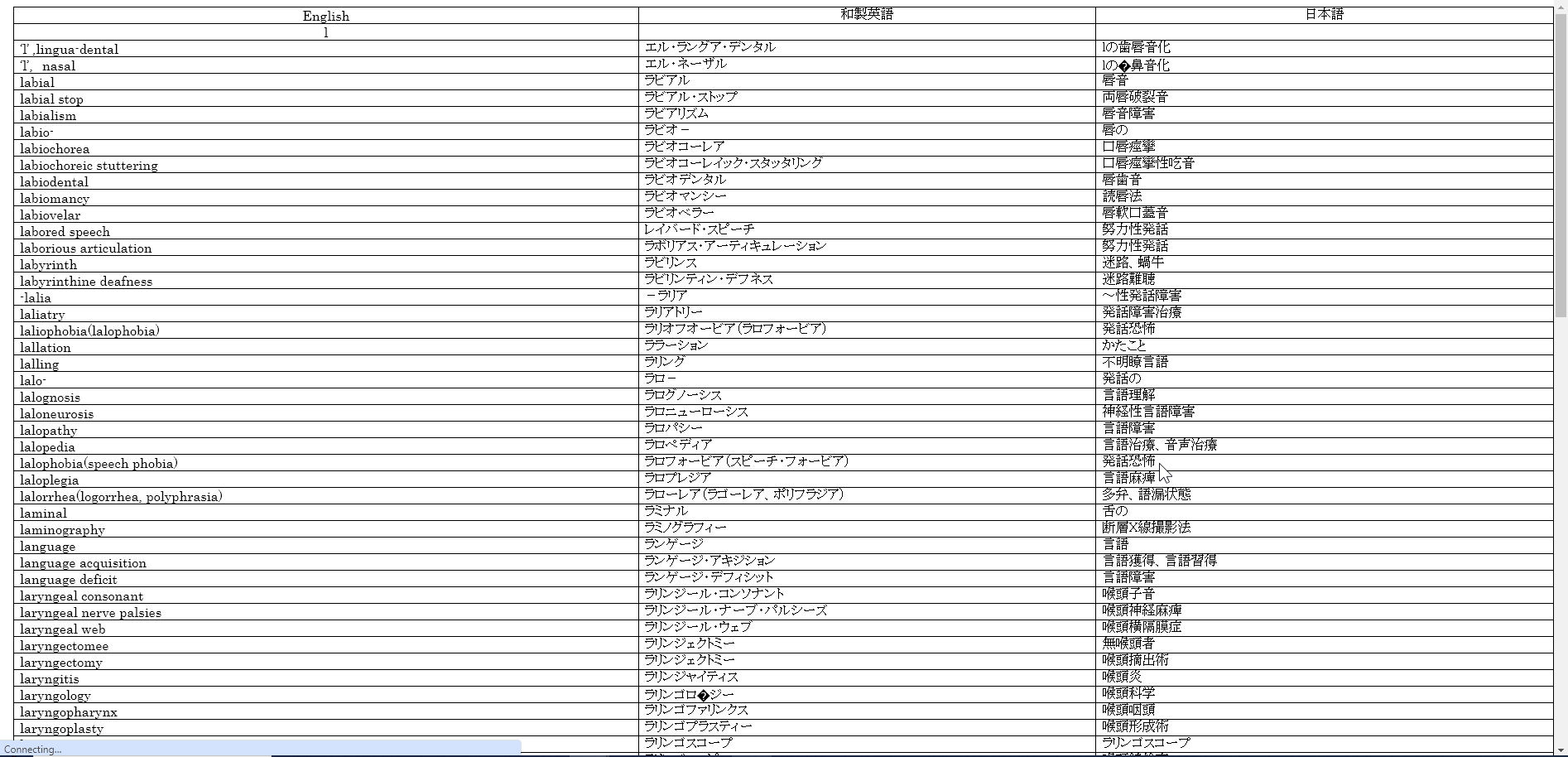
Japanese Technical Vocabulary Dictionary
A great database of words which are a little more on the technical side of things in both English and Japanese. Provides a rendition of the English word transcribed into Japanese via katakana, as well as coined terms.
| Japanese Counter Dictionary
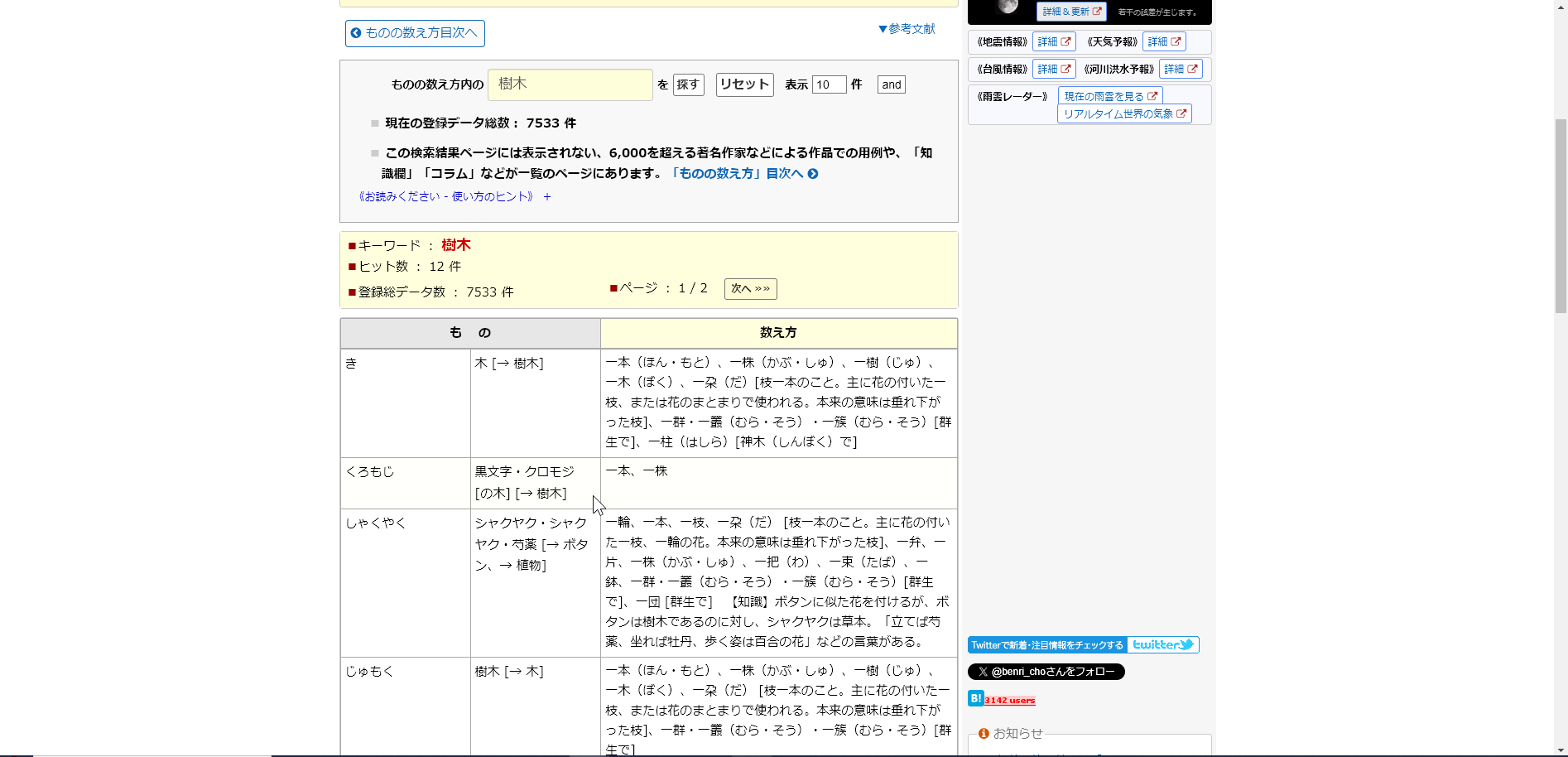
A nice database in order to search of the counters of unknown words. Fairly useful if you're hesitant about the way in which a certain word is ought to be counted, and or if you're curious of the possible alternate counters which can be paired with it.
Other
The rest below don't fall extremely neatly into either of the two categories above, however I've found these links to be relevant to me. They often fall into the topic of hobbies.
Handwriting
I've been fairly into handwriting and calligraphy as of late, so the links below are essentially guides on how proper handwriting is done in their respective languages according to a certain style. I'd say they're a collection of the most useful resources I know so far in terms of learning a fluid style for writing.
| رقعة Ruq'ah Handwriting
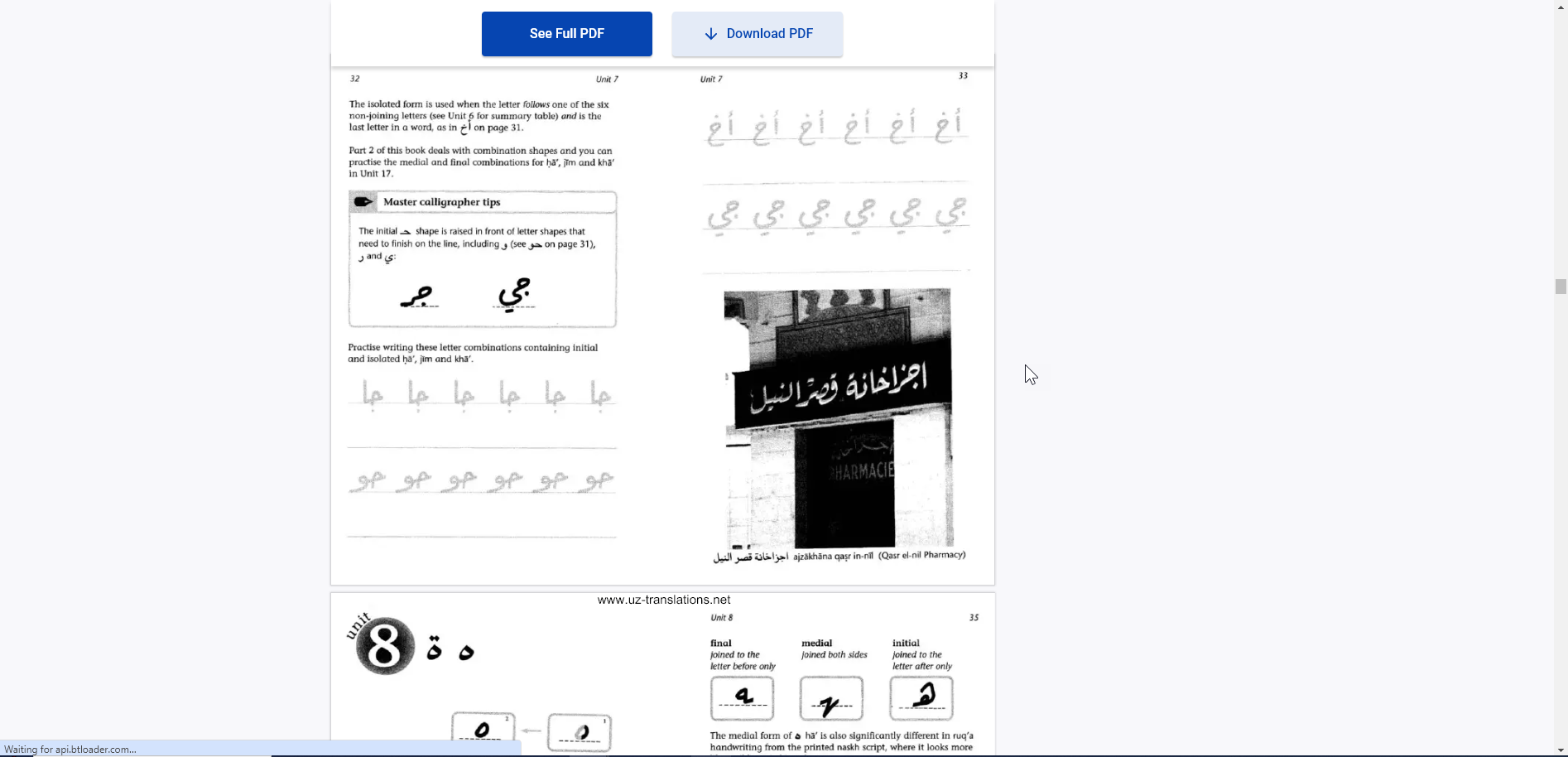
Mastering Arabic Script a guide to handwriting Contents
A book by Jane Wightwick and Mahmoud Gaafar, the pdf file on this website teaches Arabic writing in the more cursive ruq'ah script employed commonly in daily life. Excellent for those who want to dive a little more deeply into how letter connections and letter height are determined, as well as the different cursive forms found in handwriting. (Note, no download is actually required. The pdf reader is just located a little down below past some fluff)
| 硬筆行法(YingBiXingFa) Semi-Cursive Pen Calligraphy
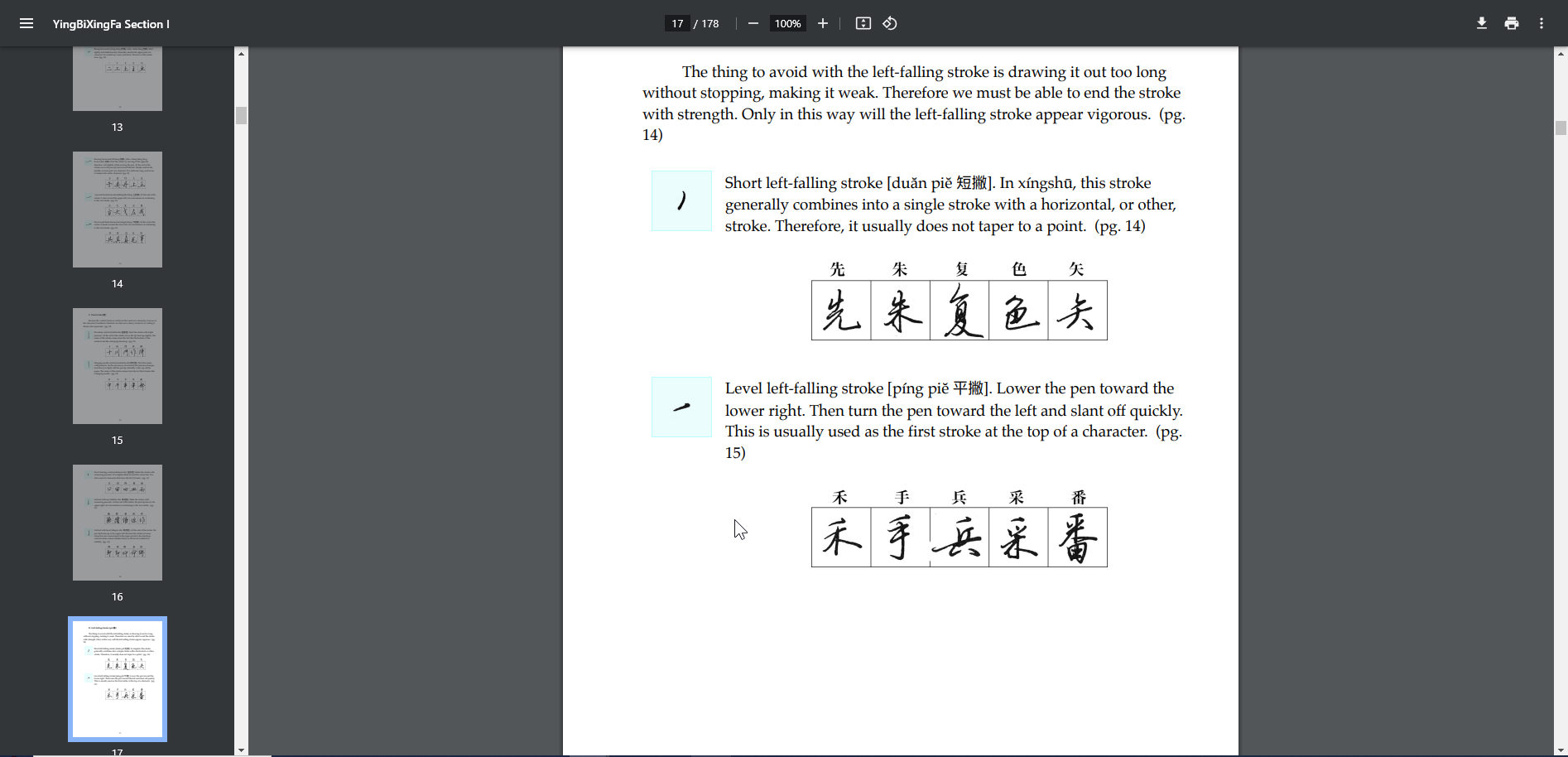
A book by Huang Zhuje and translated by Michal L. Wright, this pdf file explains the core concepts of the Chinese running script, as well as the unique rules which make it different from the typical print script. Excellent for those already familiar with the print script, and are looking to dive into the realm of cursive writing.